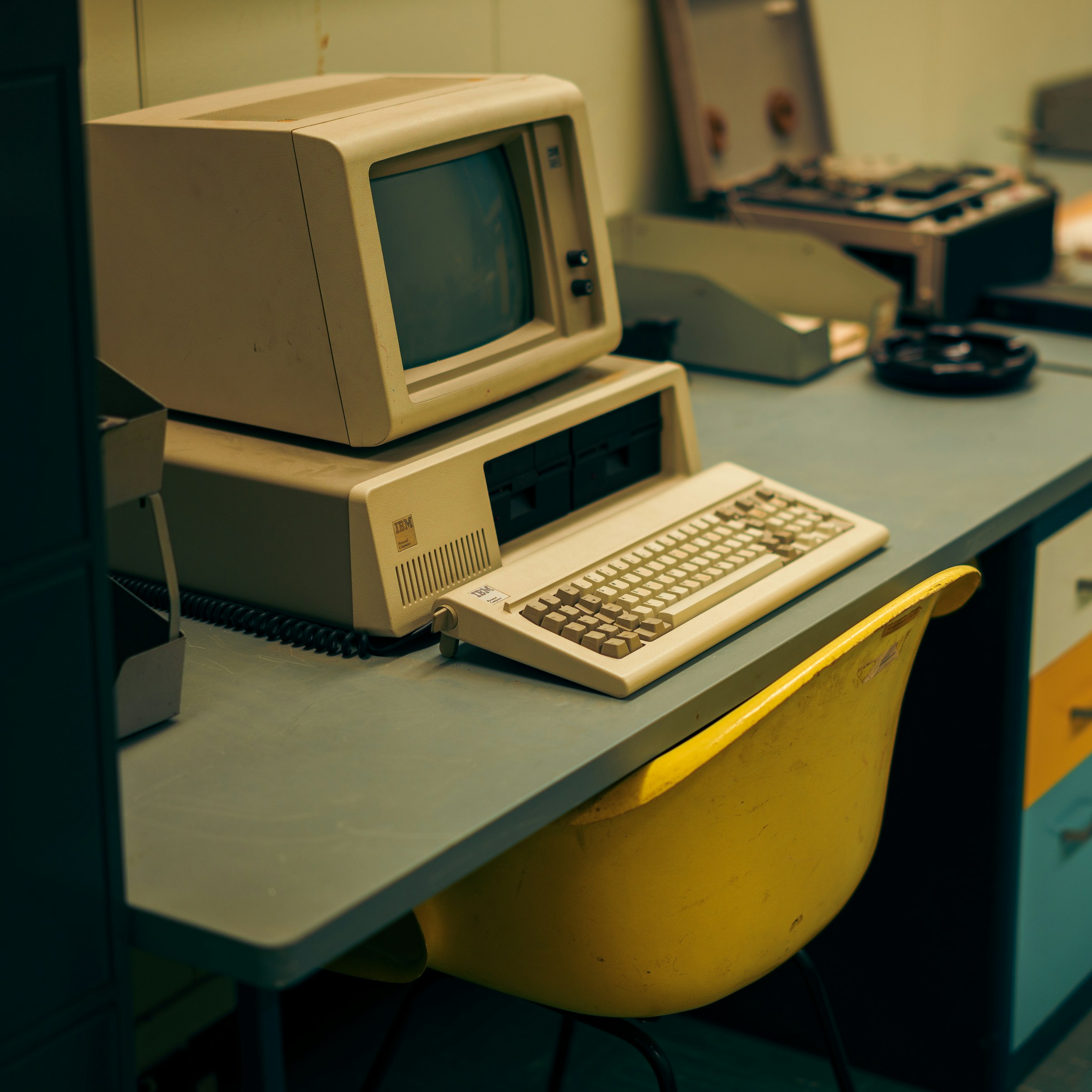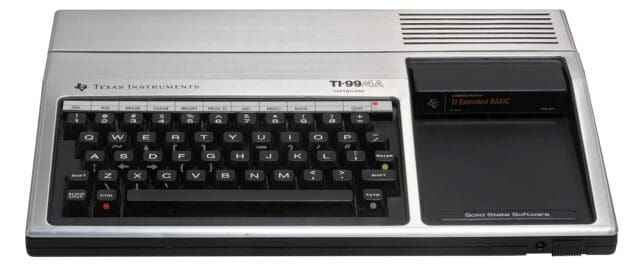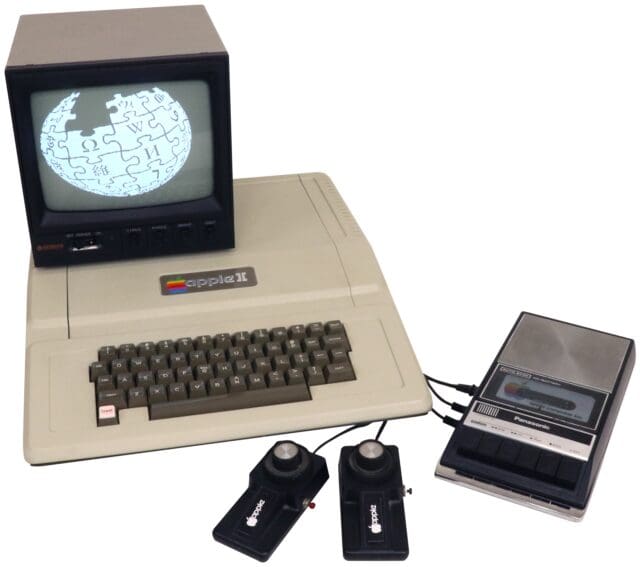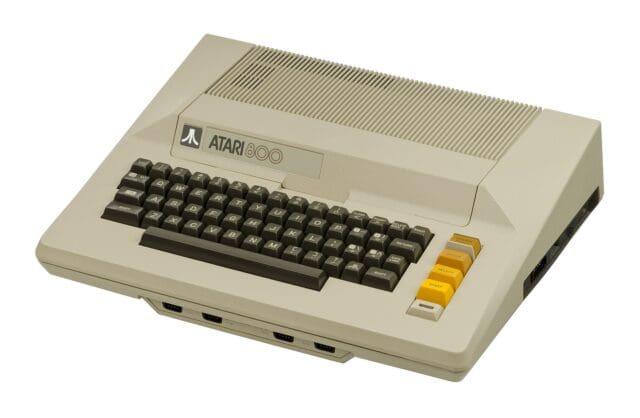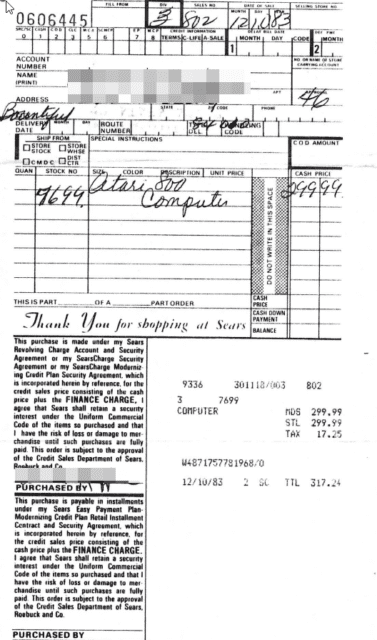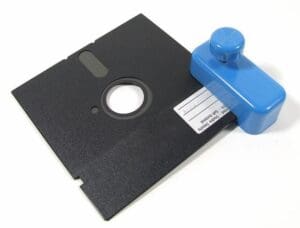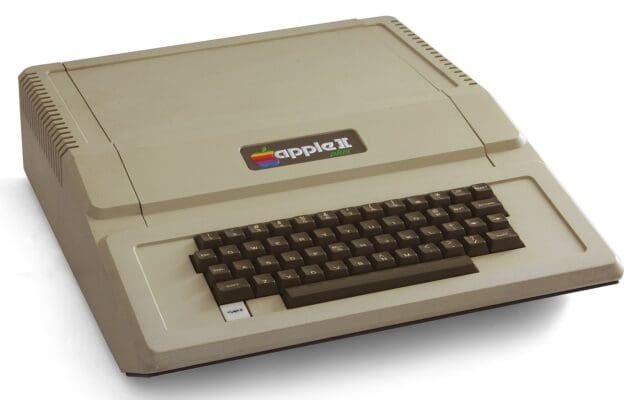I have always been interested in computers. I liked computers before computers were household items like a toaster is today. I was born in 1970. Let’s put this date into perspective. On July 20, 1969, the astronauts Neil Armstrong and Edwin Aldrin became the first humans to ever land on the moon. Then, a little over six hours later, Armstrong became the first person to walk on the moon. In 1969, computers were a thing of Sci-Fi movies, and only universities and government agencies could afford them or knew how to work them.
The computer used for the Apollo moon landing was called an “Apollo Guidance Computer (AGC)” and was installed in each Command Module and the Lunar Module. It is said to be comparable to the first generation of home computers from the late 1970s, such as the Apple II, the TRS-80, and the Commodore PET.
1978
The first electronic device that I used was the Atari PONG gaming system. It was a tennis sports game that featured simple two-dimensional graphics. It was a two-player game and each player would use a paddle to move a blocker that would send a ball back and forth to each other and it would keep score. Sears sold around 150,000 units. This was the first Atari gaming console and was given credit for starting the innovation at Atari that changed the industry.
1982
The first computer that I worked with was at a friend’s house. His Dad worked for the Department of Defense or the military, I never really knew what, or where he worked, that is all the information that I had when I was 13 (1983). The computer I worked on was a TI-99/4A. This bad boy at the time sold for $525. It had 16 KB of RAM, the media was a cassette tape (you could use any standard cassette tape, you would just plug it into the microphone jack), and used the TMS99000 CPU, which sported a fast 3 MHZ computer.
Not only would I go to a friend’s house to use a computer, but I would go to Junior High Early to be able to use the computer in the library. I was lucky, the librarian at the time was a friend of my parents, so I was able to have the privilege of being able to go in early and use the computer in the “Media” center. The media center in the library had an Apple II, which included a 1.023 MHZ processor, up to 64 KB of RAM, and a single Disk II (5.25 140 KB Apple Drive).
1983
In 1983, my parents bought me my first computer, it was a gift from them for Christmas. They paid 299.99 for it at the time. It was an Atari 800 (it was a computer as well as a cartridge gaming system). I would like to note that at this time, my parent’s house payment was around $500.00. So the purchase of this computer was significant. This computer was found in 4 million homes by the time it was discontinued in 1992. It ran a Custom operating system that was loaded by putting a cartridge in the computer. The CPU was a 1.79 MHZ CPU and had up to 48K of RAM. We had a 5.25 floppy drive that would give you 360 K of storage per disk. We were also privileged enough to own a dot matrix printer. It was nice to be able to word process my reports and create banners and such for school and science fairs.
1983 Computer Trick
Back in 1983, the most common storage type was a 5.25 floppy drive. At that point, the drive would hold 360 K of data per disk. But those of us who geeked out on computers at the time found out that if you took a paper punch and duplicated the notch on the disk, you could turn it over, and you would write an additional 369 K on the other side. There were even special paper punches made just for that reason.
1984
In 1984 I was given a used computer by my Uncle. He purchased a new Apple computer (he worked for the State Department of Education for Utah and upgraded his home PC). I was then given his old computer. It was an Apple II+. The Apple II+ that I had had a green monochrome monitor and a dual 5.25-inch floppy setup. That made it easy to copy programs from one drive to another drive, opening up an entirely new computer experience. The Apple II+ also had a 64 KB memory limit but had a slightly faster CPU that clocked in at 1.023 MHz. But it also had the ability to use a ProFile 5MB/10MB hard drive, which I never was able to procure.
1986
To quote one of my favorite TV Shows
Bandit: “This story set a long long time ago, in a place called, the 80s.”
10 year old Bandit can be seen riding a bike, then zooming out to see his brothers, Radley and Stripe.
Bandit: “That’s me when I was 10 years old, on holiday with Uncle Rad and Uncle Stripe.”
Cutting back to the present day, oh boy this is gonna get repetitive.
Bluey: “Hang on, where’s your helmet?”
Bandit: “This was the 80’s, man, there were no helmets! It was a wild place.”
Cutting back to flashback
Bandit: “Trampoline with no nets, your mum wrote your name on everything, BMX seats were high, music were on cassettes, and skids were big.”
Bluey – Season 3, Episode 26 “Fairytale“
Yes, the 80’s were wild times. Just the other day, my 8-year-old asked me if they had invented clocks by the 80’s. Yes, they had clocks, and the Computer Revolution was about to explode.
The ’80s moved from just Apple computers to IBM Clones. I started using them my sophomore year in High School (which will always be known to me as the Bountiful Braves, no matter what they change their mascot too). This is when our family upgraded to an IBM or PC Clone. It had an 8086 (XT) Processor that ran at 5 MHz speeds, which at the time was an incredible increase over the speed of the Apple II+. It also had a 10 MB hard drive as well as 5.25 floppy drives. We also had an expansion board that allowed us to have 1024 KB of memory and break the 640 KB limit imposed by the Motherboard of the time..
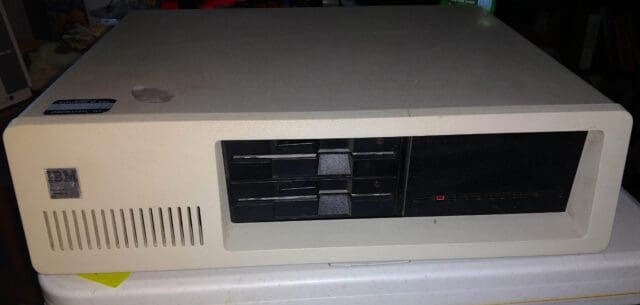
1988
This was the year of my graduation. At the time, I was the president of the local High School computer club. My geekness had reached its pinnacle. I was also in one of the only computer programming classes offered at the High School. We would turn our assignments in by putting a floppy disk in a holder in front of the class, and the teacher would then load the program later to grade it. I soon found out that there were a couple of people in the class who were copying my programs and modifying them slightly, and turning them in. Thus, I wrote my first worm. I wrote a program to password-protect my floppy disks and gave the password to the teacher. If you entered the wrong password, it would activate the worm. The worm would load into memory (RAM), and then it would replicate itself, erase where it was written by zeroing out the memory, and then run itself from where it was copied. It would continue the process and eventually, the memory in the computer would be completely wiped. It usually took about 3 seconds to do its job. This would not cause physical harm to the computer or the actual disk drive, but would require the computer to be rebooted to even get it to respond. It would mess the RAM up so bad that sometimes you would have to reboot the computer several times to get everything reset to normal.
1989
This was the year that I got my first CD player. They were developed and available before this, but the cost was prohibitive for the normal individual. I had also moved through a bunch of different versions. At this point, I was running on an 80286 CPU; the 286 had sped up to 25 MHz. I purchased a Creative Sound Blaster 16 Pro with a CD-ROM drive. Just to give you an idea of how big of a deal this was, when I was in College at the University of Utah, I took a C++ Programming class. The course required you to purchase Borland C++. At the time, it had only one type of distribution, you had to buy it with 3.5-inch floppies. To install it on a computer, it came with eight 720K 3.5 floppy disks.
History of the CPU
From the early 80’s to 2023 I have owned and worked on a lot of different computers. Below is a list of the different processors that I “remember” owning and working on.
- 8086 – 5 MHz
- 8088 – 8 MHz
- 80286 – 12 MHz
- 80386 – 25 MHz
- 80486 – 33 MHz
- Pentium – 60 MHz
- Pentium Pro – 200 MHz
- Pentium II – 450 MHz
- Xeon – 400 MHz (64 bit)
- Celeron – 300 MHz (L2 Cache)
- For additional processors, you can visit this link.
Current
I am currently running an AMD computer that I use for gaming. It is not the best, but it is a pretty good system and works for what I need. I am going to give the stats for my current computer and will put the capacity of the first computer for comparison.
| Component | Present Day – Frankinstien Clone | 1978 – Atari 800 |
| Processor (speed) | AMD Ryzen 5 4600X (3,701 MHz) 6-Core | 6502 (1.79 MHz) |
| RAM | 32 GB (32000000 KB) | 6 KB |
| Resolution | 7680 X 4320 (four displays) | 320 X 192 |
| Display Colors | 16.7 Million | 256 |
| Physical Removable Storage | Blu-Ray 25 GB (25000000 KB) | 5.25 Floppy (360 KB) |
| Physical Hard Drive Storage | 500 GB – Solid State Drive 256 GB – Solid State Drive 12 TB – Raid 1 4 TB – Raid 1 4 TB – Single Drive 4 TB – Single Drive 1 TB – Single Drive | NONE |
Featured Photo by Yuheng Ouyang on Unsplash

Mark Stevens is a veteran IT Systems Architect with over two decades of hands-on experience in both legacy and modern tech environments. From mainframes and Novell networks to cloud migrations and cybersecurity, Mark has seen it all. When he’s not solving complex IT puzzles, he’s sharing insights on how old-school tech foundations still shape today’s digital world.
